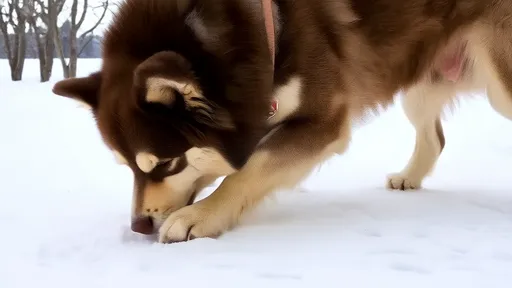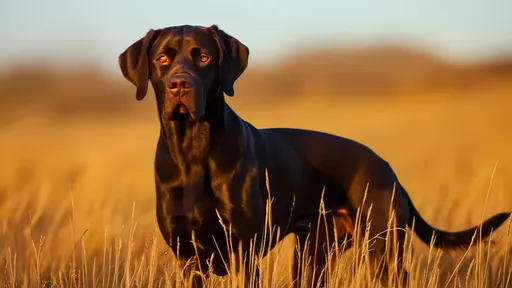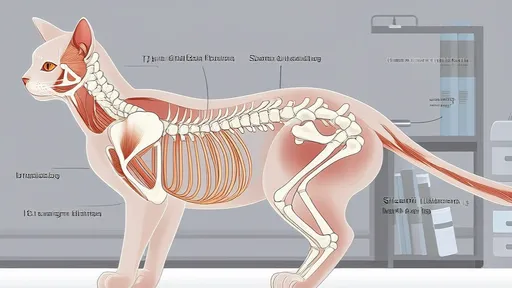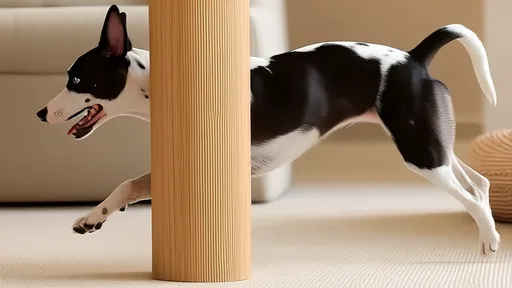The rhythmic snoring of a pug may seem endearing at first glance—a charming quirk that adds to their comical personality. But beneath those adorable snuffles lies a potential health crisis that many owners overlook. Short-nosed breeds like pugs, bulldogs, and French bulldogs face life-threatening breathing challenges due to their unique anatomy. What sounds like harmless snoring could actually signal episodes of oxygen deprivation, chronic sleep disruption, or even sudden collapse.
The Snore That’s More Than Just Noise
Unlike human snoring, which often stems from temporary factors like allergies or sleep position, a pug’s snoring is baked into their biology. Their compact skulls house the same amount of tissue as longer-nosed dogs, but compressed into a smaller space. This leads to elongated soft palates, narrowed nostrils, and a crowded windpipe—creating perfect conditions for obstructive breathing. During sleep, when muscles relax, these obstructions worsen. The resulting snore isn’t just loud; it’s the sound of a dog fighting to take in air.
Recognizing the Red Flags
Not all snoring is equal. Owners must learn to distinguish between normal breed-related sounds and dangerous breathing pauses. One critical sign is the "silent snore"—when the dog appears to strain without any sound, followed by a sudden gasp. This indicates complete airway blockage. Other warning signs include frequent waking, restless sleep, or sleeping with the neck hyperextended (a position that manually opens the airway). Daytime symptoms like exercise intolerance, blue-tinged gums after activity, or excessive panting at rest further suggest compromised breathing.
The Domino Effect on Health
Chronic oxygen deprivation triggers cascading health issues. The heart works overtime to compensate, leading to early cardiac strain. Poor sleep quality disrupts metabolic and immune functions, making these dogs prone to obesity and infections. Perhaps most alarming is the risk of brachycephalic obstructive airway syndrome (BOAS) crisis, where swelling from constant irritation creates a life-threatening blockage. Unlike gradual breathing difficulties, a BOAS crisis strikes suddenly—often during hot weather or stress—requiring emergency intervention.
Beyond the Basics: Advanced Monitoring Techniques
While veterinary checkups are essential, owners can adopt high-tech monitoring between visits. Smart collars that track respiratory rates and oxygen levels during sleep provide actionable data. Some pet cameras now analyze sleep patterns, flagging abnormal pauses. Even simple tools like placing a mirror under the nostrils to check for consistent condensation during naps can reveal breathing gaps. The key is establishing a baseline when the dog is healthy to better spot deviations.
Intervention Strategies That Make a Difference
Early action dramatically improves quality of life. Weight management is crucial—every extra pound exacerbates breathing problems. Harness-style leavers replace neck pressure on the trachea. Cooling mats and air conditioning help prevent heat-induced distress. For severe cases, surgical options like widened nostrils or shortened soft palates can be transformative, though not without risks. Perhaps most impactful is training dogs to sleep on inclined beds, which uses gravity to keep airways open—a technique borrowed from human sleep apnea management.
The Ethical Dilemma Behind the Breed
This health crisis sparks difficult conversations about responsible breeding. Some veterinary associations now recommend against further breeding of extreme brachycephalic traits. Meanwhile, a growing movement advocates for "retro pugs"—selective breeding toward moderate snout length while preserving the breed’s essence. Owners play a role too; choosing pets based on health rather than exaggerated features could shift breeding priorities over time.
Empowering Owners With Knowledge
Education remains the most powerful tool. Many owners dismiss warning signs as "normal for the breed" until a crisis occurs. Simple awareness—like recognizing that dogs shouldn’t routinely snore when awake—could prompt earlier veterinary visits. Support groups share tricks like using baby monitors to track nighttime breathing or teaching dogs to accept nasal strips. The goal isn’t to eliminate every snort and grunt, but to ensure they don’t cross into life-threatening territory.
The pug’s snore may always be part of their charm, but understanding its hidden language allows owners to separate harmless quirks from genuine distress. With vigilant observation and proactive care, these beloved dogs can breathe easier—literally and figuratively.

By /Jun 13, 2025

By /Jun 13, 2025

By /Jun 13, 2025

By /Jun 13, 2025

By /Jun 13, 2025

By /Jun 13, 2025

By /Jun 13, 2025

By /Jun 13, 2025

By /Jun 13, 2025

By /Jun 13, 2025

By /Jun 13, 2025

By /Jun 13, 2025

By /Jun 13, 2025

By /Jun 13, 2025

By /Jun 13, 2025

By /Jun 13, 2025

By /Jun 13, 2025

By /Jun 13, 2025

By /Jun 13, 2025

By /Jun 13, 2025